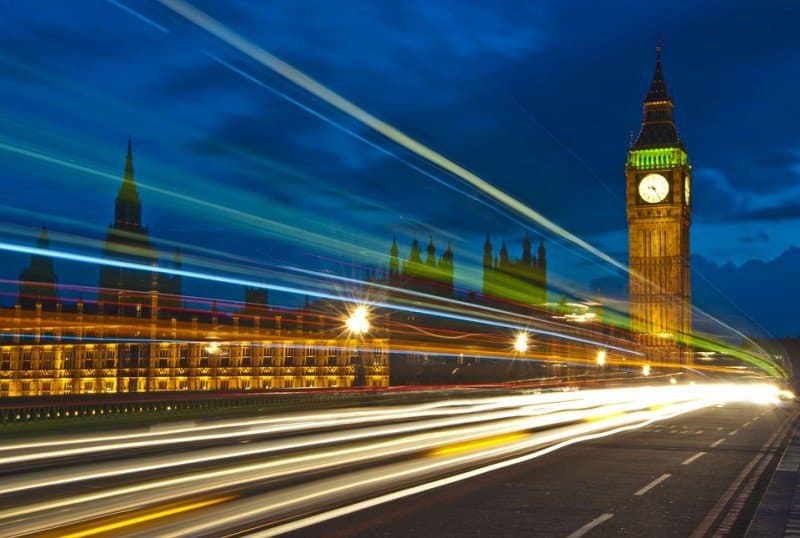Last Updated on January 13, 2019
Night street photography is now at a similar level as sunrise, sunset, and twilight photography. And why not? The city streets, for instance, take on an entirely new personality when the sun goes down, the moon rises, and all the lights go up.
But what makes night photography especially fun to do is the challenge that comes with capturing great photos after dark. Questions such as which gear you should use and lighting and exposure make the activity quite alluring.
Night street photography provides amateurs and professionals an adventure on the street with a camera in tow.
But how do you capture the perfect shot given the many factors that either enhance or diminish the appeal of night street photography?
 Use the right gear
Use the right gear
The good news is there is no one camera that is most appropriate for a night street photography. It is possible to capture a great shot using different types of camera. You just need to make adjustments to the setting.
When using a compact camera…
Make sure it has a wide enough aperture and can shoot at high ISOs. This means your camera must have a manual or semi-automatic control so you can make adjustments to shoot at night.
The image sensor should have an adequate size. Anything above 1/1.7″ is great and anything above M4/3 is greater.
When using an MILC and a DSLR camera…
Make sure either of these cameras is equipped with the proper lens so the image sensor size reaches the adequate requirement to shoot great night street photography.
The most recommended lens is a fast prime lens or a fixed focal length lens.
If you are on a budget, your options include a 50mm f/1.4, 5mm f/2, or a 50mm f/1.8 lens. But if you have the cash to burn, go for the Canon 35mm f/1.4L, the 85mm f/1.2L II, or something similar from Nikon.
Whether compact or otherwise, it is important that your camera must support raw format and must have Exposure Compensation.
Which techniques are better used for night street photography?
Do Away with the Flash
Flash will make your photos look like they are artificially lighted and could leave your subjects with a red eye. If you’re pointing it at a scene with people around, you might get an earful if any of them take offense about their picture being taken even if it’s just the back view. It is best not to give away your position or your intention.
Use High ASA film or Crank up Your ISO
Your camera or film’s light sensitivity value depends on ISO and ASA. Cranking them up will produce great results. The only downside with a high ISO is the increase in noise. You can either try to reduce it or make the most of it. In night street photography, noise is often welcomed.
Other techniques that would help include turning off your AF assist light, using your viewfinder instead of the LCD screen, prefocusing your camera, and using manual focus.
 Use the right gear
Use the right gear 

